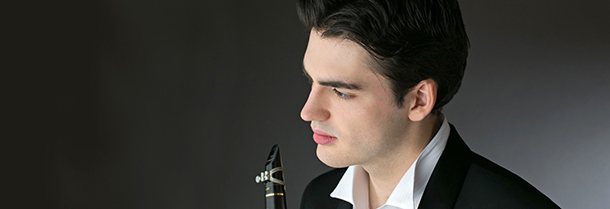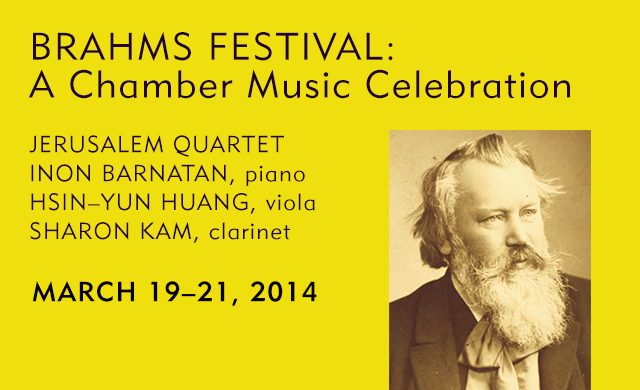Tag: clarinet
-

PROGRAM NOTES: RAPHAËL SÉVÈRE & PAUL MONTAG
Alexander Borodin Sonata for Cello and Piano in B Minor (adapted for clarinet & piano by Raphaël Sévère) The role of the noisy neighbour in music history is an unjustly neglected theme for research but well worth considering in the case of Alexander Borodin’s Sonata for Cello & Piano in B minor (c.1860). Deeply imprinted…


